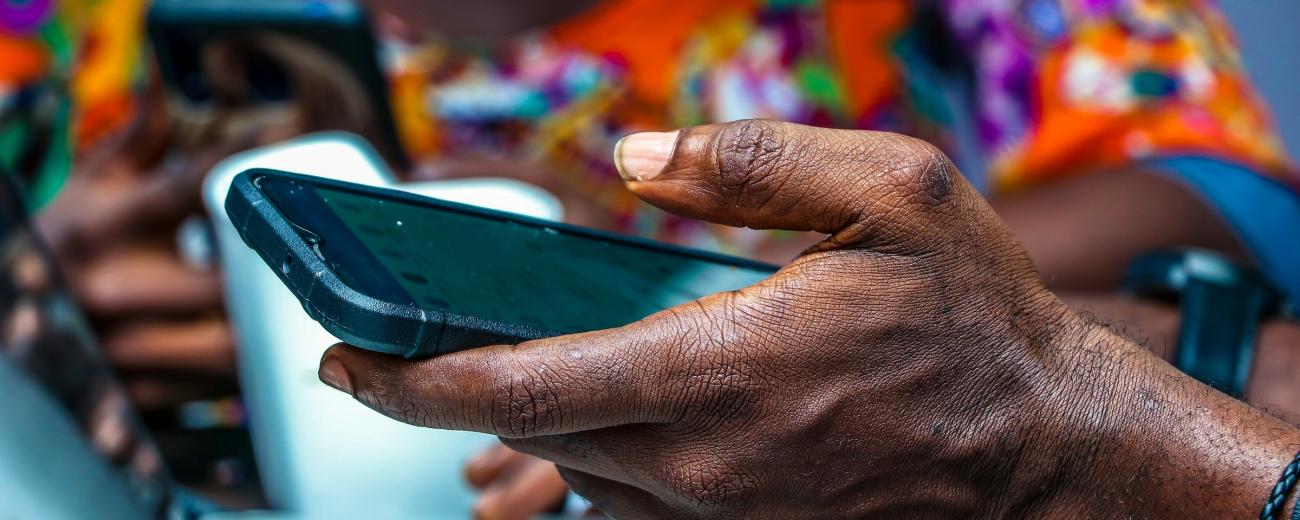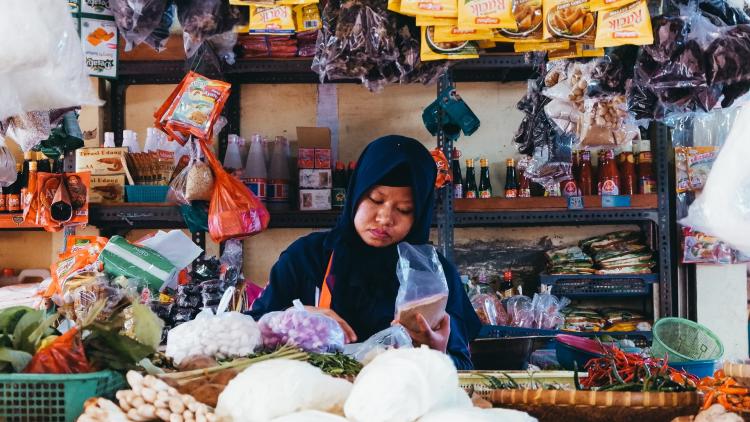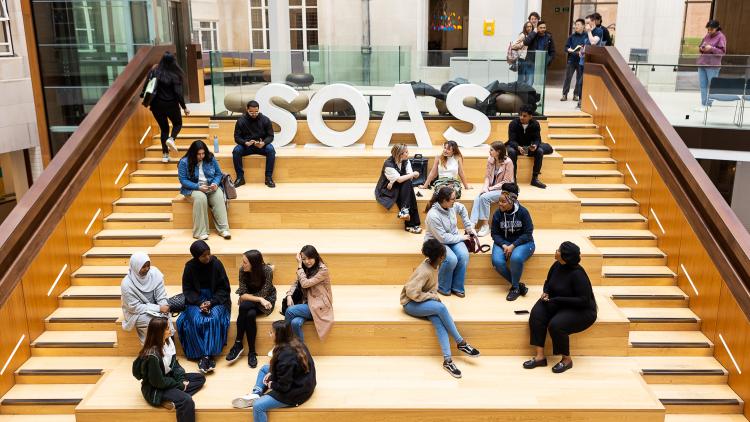Financial inclusion in Kenya: Why going beyond access is crucial


Mobile banking has played a critical role in driving financial inclusion in Kenya. Yaerin Yoon and Dr Thereza Balliester Reis explore shifting the focus from access to enhancing financial stability and resilience.
Financial inclusion has been on the agenda of development economists in the past decade. Kenya has been a pioneer in the financial sector since the introduction of Safaricom’s M-Pesa in 2007. M-Pesa is a mobile money facility that allows individuals to transfer funds through their phones, even without the Internet.
Mobile money and financial inclusion
However, while mobile money has been a significant part of the financial inclusion story, it's not the whole picture. The broader context involves understanding how these services have transitioned from simple financial transactions to more complex financial instruments like savings, investments, and loans. For example, digital credit has become increasingly popular among Kenyans. Products like Safaricom’s M-Shwari and Fuliza are easily accessible and utilised by low-income individuals.
While financial inclusion has expanded, financial health among users has declined.
Last month, the Department of Economics held a series of events in partnership with the Central Bank of Kenya to discuss financial inclusion in Kenya. These events, supported by the SOAS Research Culture Fund, featured discussions led by Mr Cappitus Chironga Jazz, Deputy Director of the Research Department of the Central Bank of Kenya, and Dr Thereza Balliester Reis (SOAS). Our MA students, Aaliya Sharmarke and Enock Ephraim Kivuyo, were selected to comment on pre-selected discussion papers.
In one of the seminars, Mr Chironga introduced the methodology of the FinAccess Household Surveys. Organised by the Central Bank of Kenya, KNSS, and FSD Kenya, the survey is conducted every two to three years and has been offering insights into financial inclusion indicators since 2006. The 2021 survey covered a comprehensive sample of 30,600 households using computer-assisted personal interviews conducted in multiple languages.
Key findings from the survey highlighted the critical role of mobile money and mobile banking in driving financial inclusion. By looking at the financial access status, financial inclusion has improved throughout the years since 2006. The share of informal finance has declined from 32% in 2006 to 4% in 2021, as the excluded population share has also dropped from 41% in 2006 to 12% in 2021. However, the survey also pointed to a worrying trend: while financial inclusion has expanded, financial health among users has declined.
The risk of digital credit
During the events, it was discussed that a potential source of declining financial health could be related to the expansion of digital credit in the country. These tools promise quick and easy access to credit but pose significant risks if not used judiciously. In the seminar focusing on the CBK’s upcoming book “The Financial Inclusion Revolution in Kenya: Beyond the Quest for Access”, Thereza presented the findings of the co-authored chapter “Understanding the use of digital credit by low-income and vulnerable individuals in Nairobi”.
While digital loans can provide a lifeline in emergencies, they can also lead to a cycle of debt that is hard to escape.
The study combines quantitative data from FinAccess 2021 and qualitative interviews conducted in Nairobi, indicating that while digital loans can provide a lifeline in emergencies, they can also lead to a cycle of debt that is hard to escape, especially for the more vulnerable sectors of society. For instance, 28.5% of the surveyed individuals currently use Fuliza loans, often to cover basic necessities like food and transport. The percentage of people borrowing more money to repay loans increased from 18.20% in 2019 to 29.38% in 2021. Additionally, there has been a significant reduction in food and non-food expenditures, highlighting the strain on daily living conditions.
Looking ahead: Beyond access
As Kenya continues to navigate its financial inclusion journey, the goal is no longer just to bring more people into the formal financial system. Instead, it's about ensuring that financial services are a stepping stone to greater financial planning and stability.
This means looking beyond the metrics of access and focusing on the impact of financial services on people's lives—from improving day-to-day financial management to providing the tools needed to cope with financial shocks and invest in the future. Yet, it is important to highlight that whereas financial inclusion can help the poor to be more included in society, it cannot generate mass exit from poverty.
Header image credit: Olumide Bamgbelu via Unsplash.
About the authors
Yaerin Yoon is an agricultural and applied economist currently pursuing a PhD in Development Economics at SOAS University of London.
Dr Thereza Balliester Reis is a Lecturer in Economics at SOAS University of London. Her research interests are related to financial inclusion, over-indebtedness, poverty and inequality in the Global South.



